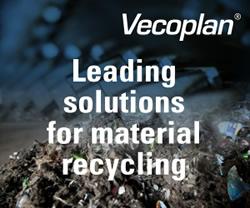Smart Grid Communications
Ultimately, a wireless communication system that lowers cost, speeds up deployment, and accelerates global energy efficiency and usage, can enable companies to design state-of-the-art Smart Grid solutions, water & gas distribution systems, condition & risk monitoring and energy-optimizing infrastructure systems.
Home Automation Protocols, Networks and the Smart Grid
We have a long way to go before AV, lighting, HVAC, and appliances come together within a home automation network that will work with smart meters and the utilities' back office system to communicate both ways flawlessly, controlling how and when energy is wisely consumed. Strides are being made in each area and we will see more systems coming together for the perfect balance of energy consumption and energy savings.
Smart Grid Technology
The Smart Grid is destined to become a platform, much like the Internet is a platform. Once the Grid is in place other technologies, new feature sets, and capabilities will inevitably spring forth. There is no limit to the functionality that might emerge from this platform once the implementation and adoption is widespread.
Smart Grid Communications: Layers and Players
There are a myriad of communications players (technologies) that can be deployed across the smart grid applications layers. The "best fit" technology for any one layer or overall system. The first thing to drive the communications technology decision is the objective for the system. Add in the risk profile of the company and the communications requirements start to take shape.
LIGNIN AS ALTERNATIVE RENEWABLE FUEL
On average, it could be assumed that 15% of the world total consumption of diesel, gasoline and jet fuels can be replaced by lignin.
Records 91 to 95 of 95
Featured Product

Vecoplan - Planning and implementation of complete processing plants in refuse derived fuel production
In order to reduce the costs involved in the energy-intensive production of cement, many manufacturers are turning to refuse-derived fuels (RDF), considerably reducing the proportion of expensive primary fuels they would normally use. Solid fuels are being increasingly used - these might be used tyres, waste wood or mixtures of plastics, paper, composite materials and textiles. Vecoplan provides operators of cement plants with proven and robust components for conveying the material and separating iron and impurities, efficient receiving stations, storage systems and, of course, efficient shredders for an output in various qualities.
